Some places on Earth remain deliberately hidden from tourists, protected by strict laws, indigenous wishes, or environmental concerns. These isolated islands are mysterious beacons that draw the curious despite—or perhaps because of—their forbidden status.
Here is a list of 20 forbidden islands where tourists are officially banned, yet people still attempt to visit them, often risking legal consequences, dangerous conditions, or cultural disrespect.
North Sentinel Island, India
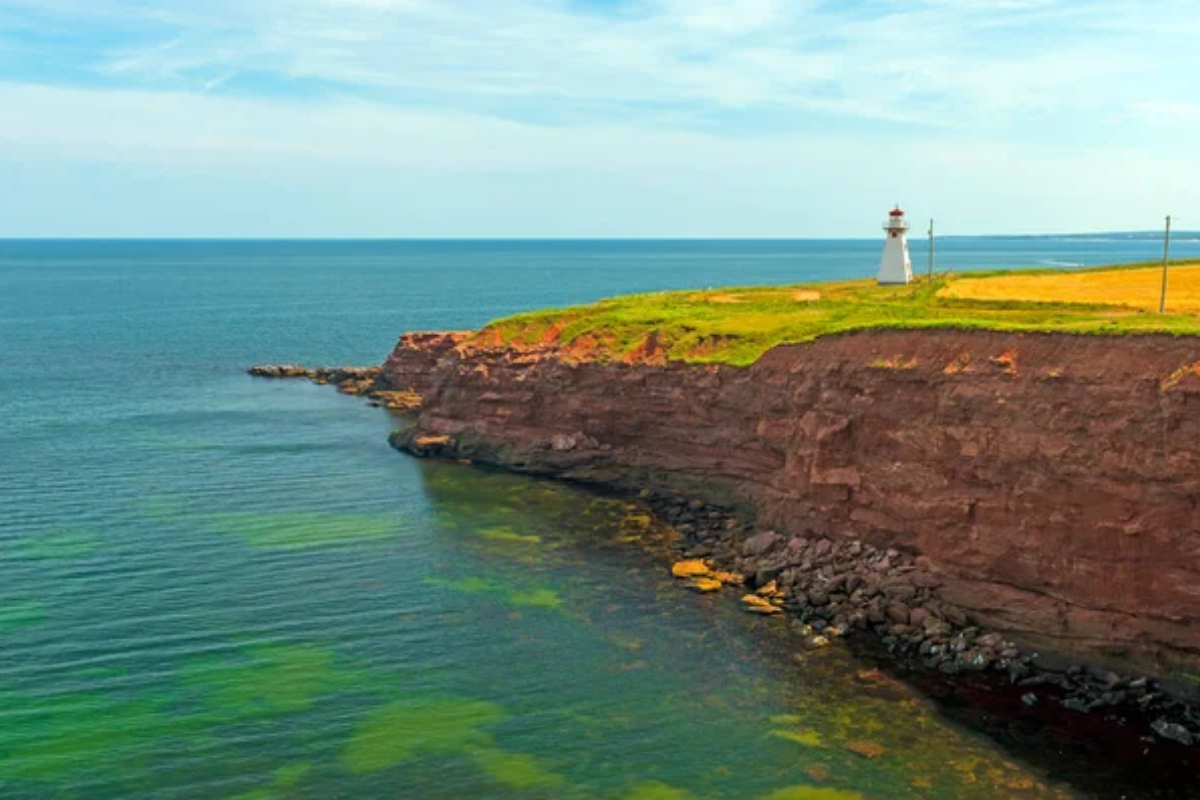
This remote Andaman Sea island is home to the Sentinelese tribe, one of the world’s last uncontacted peoples who fiercely protect their isolation. The Indian government has established a 3-mile exclusion zone around the island, making it illegal for anyone to approach.
In 2018, an American missionary who illegally visited the island was killed by the inhabitants, reinforcing the serious nature of the ban.
Surtsey Island, Iceland
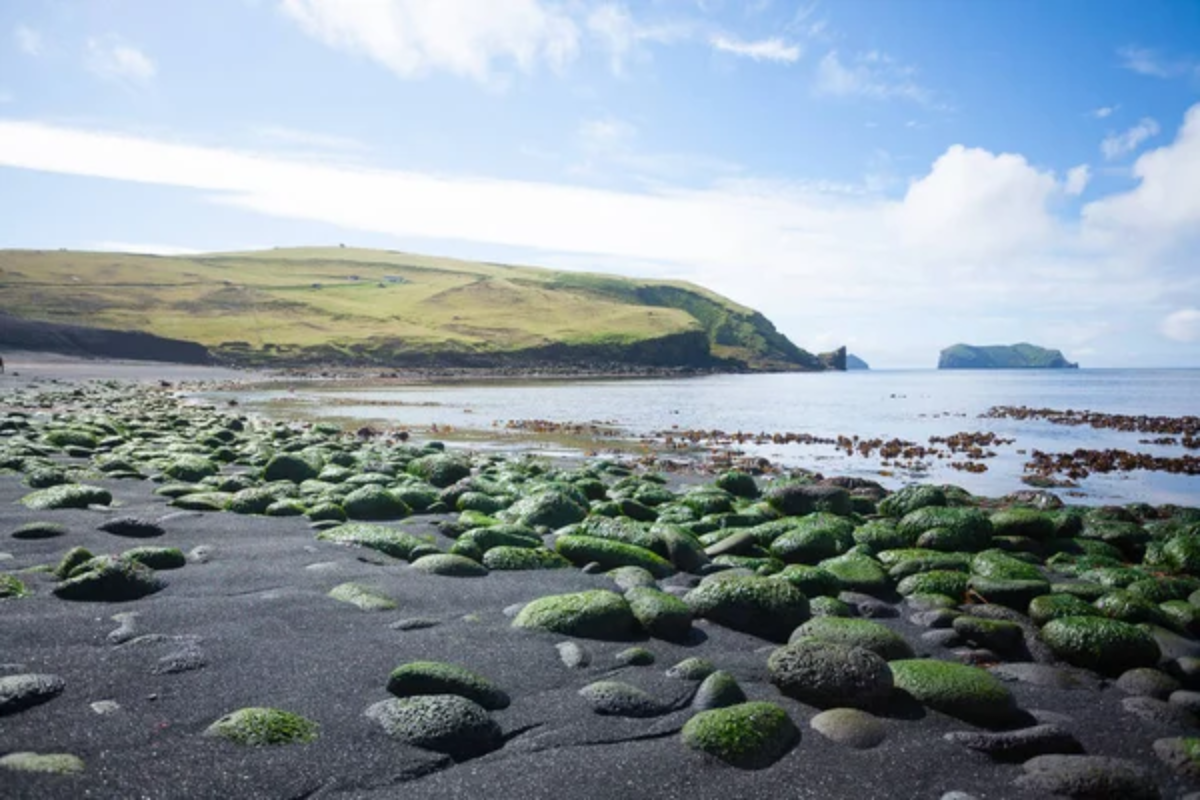
Born from volcanic eruptions between 1963 and 1967, Surtsey remains one of Earth’s most pristine natural laboratories. Only a handful of scientists can visit this UNESCO World Heritage site, where they study how life colonizes new land.
The Icelandic government strictly limits access to prevent contamination from outside species, with hefty fines for unauthorized landings.
Like Travel Pug’s content? Follow us on MSN.
Iriomote-Ishigaki National Park, Japan
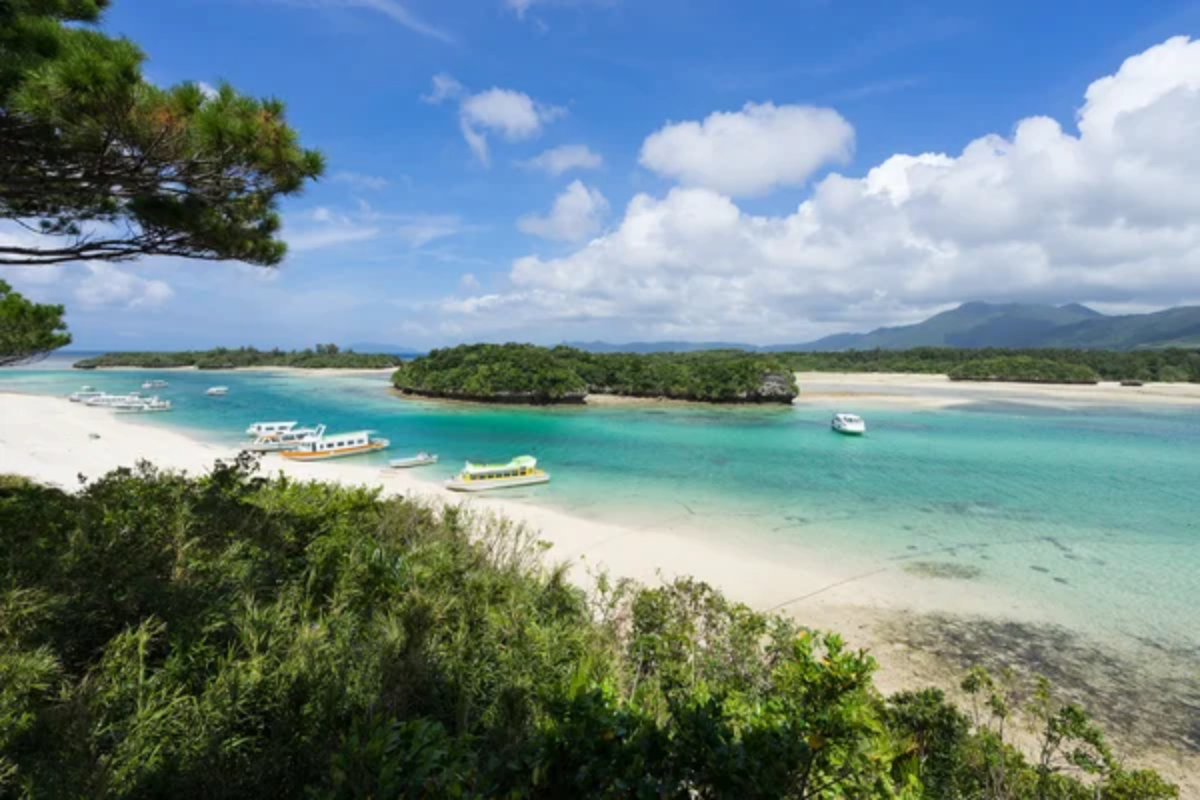
This collection of islands in southern Japan houses rare coral reefs and endangered species like the Iriomote cat. Japanese authorities have closed several sections of the park to protect the fragile ecosystem from damage from tourism.
Visitors caught sneaking onto restricted islands face penalties of up to $5,000 and potential imprisonment.
Poveglia Island, Italy
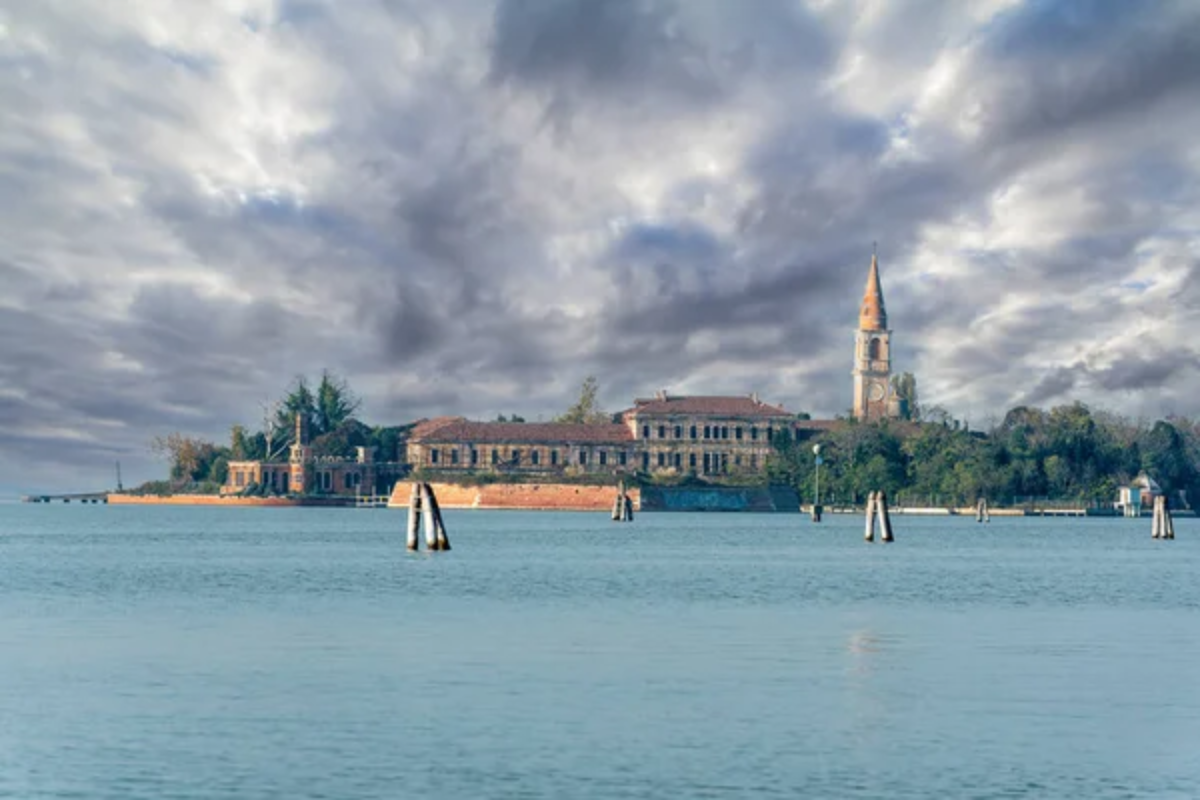
Located in the Venetian Lagoon, Poveglia has earned notoriety as one of the world’s most haunted locations due to its dark history as a plague quarantine station and psychiatric hospital. The Italian government has banned public access, though the island attracts urban explorers who illegally dock under cover of darkness.
Local authorities have increased patrols after numerous trespassing incidents in recent years.
Ilha da Queimada Grande (Snake Island), Brazil
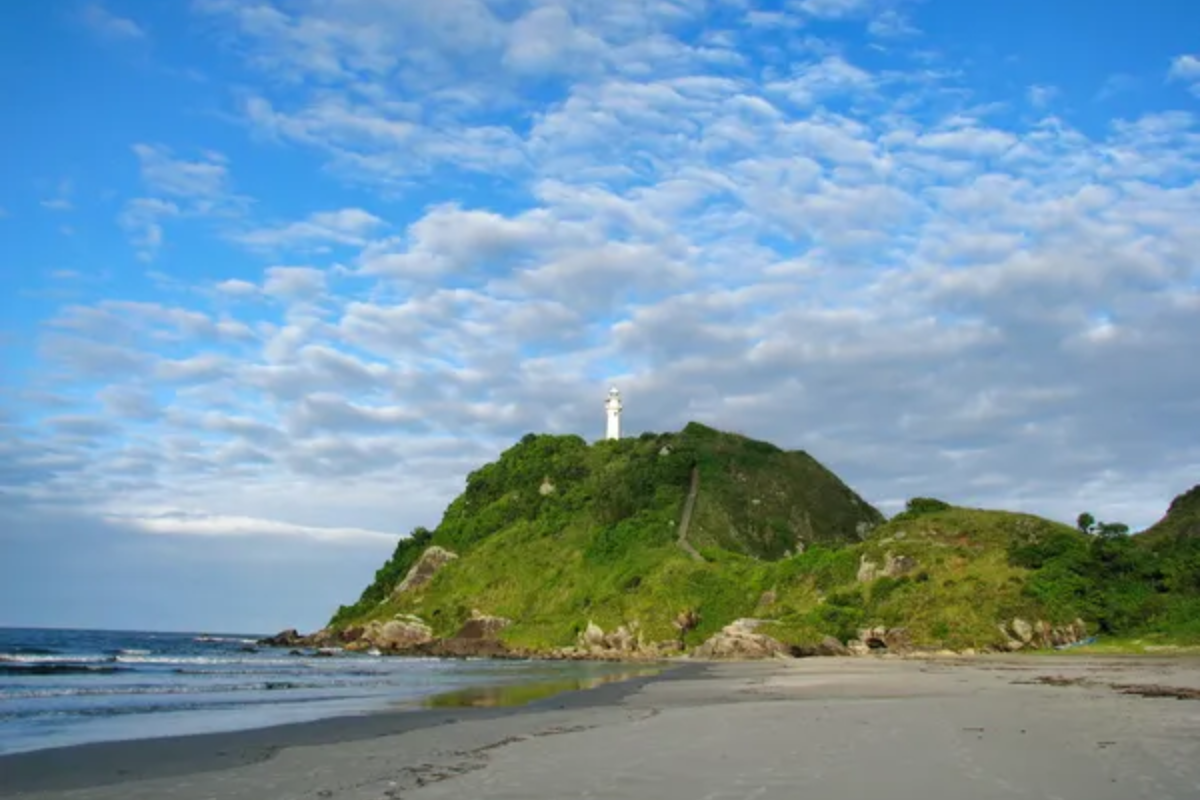
This island off the Brazilian coast houses thousands of golden lancehead vipers—one of the deadliest snakes on the planet—with venom that can melt human flesh. The Brazilian Navy enforces a complete ban on visitors, with the only exceptions being scientific expeditions that require special permits.
Snake collectors occasionally attempt illegal landings despite the dangers, risking legal penalties and potentially fatal bites.
Like Travel Pug’s content? Follow us on MSN.
Niihau Island, Hawaii, USA
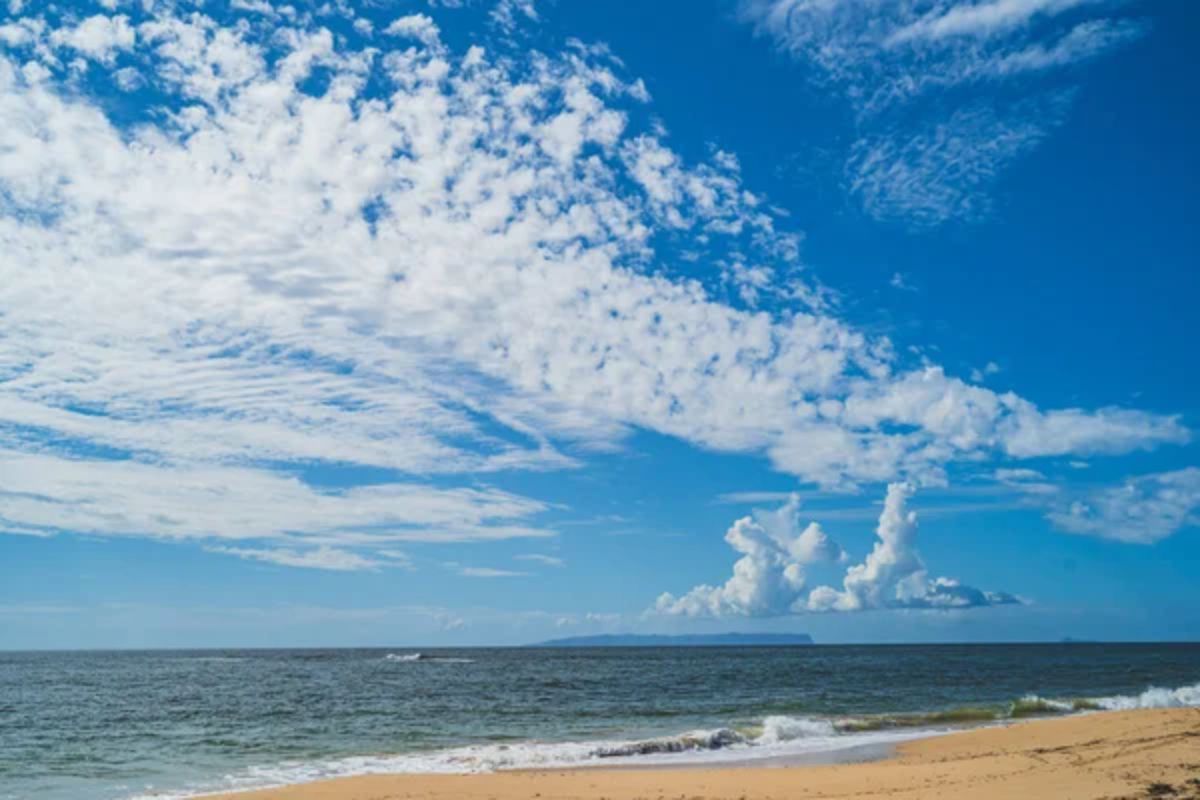
Known as the ‘Forbidden Isle,’ Niihau has been privately owned by the Robinson family since 1864, who maintain strict limitations on outside visitors to preserve native Hawaiian culture. The roughly 170 residents live largely without modern technology, speaking primarily Hawaiian rather than English.
While limited helicopter tours to designated beaches are now permitted, access to villages and interaction with residents remains prohibited.
Lascaux Caves, France
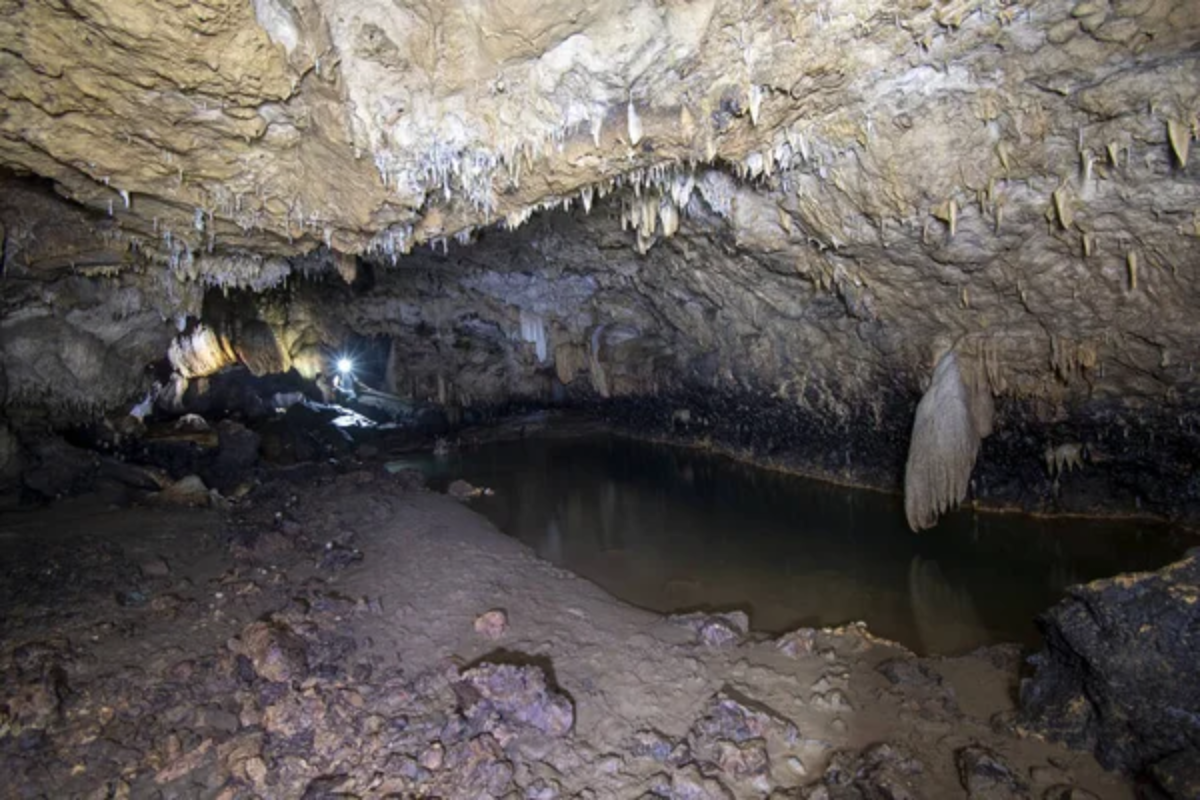
While not an island in the traditional sense, these caves exist as an isolated cultural island that has been closed to tourists since 1963—the 17,000-year-old prehistoric cave paintings were by the carbon dioxide exhaled by visitors. French authorities created a replica nearby for tourists, but the original remains sealed except for occasional conservation work.
Heard Island, Australia
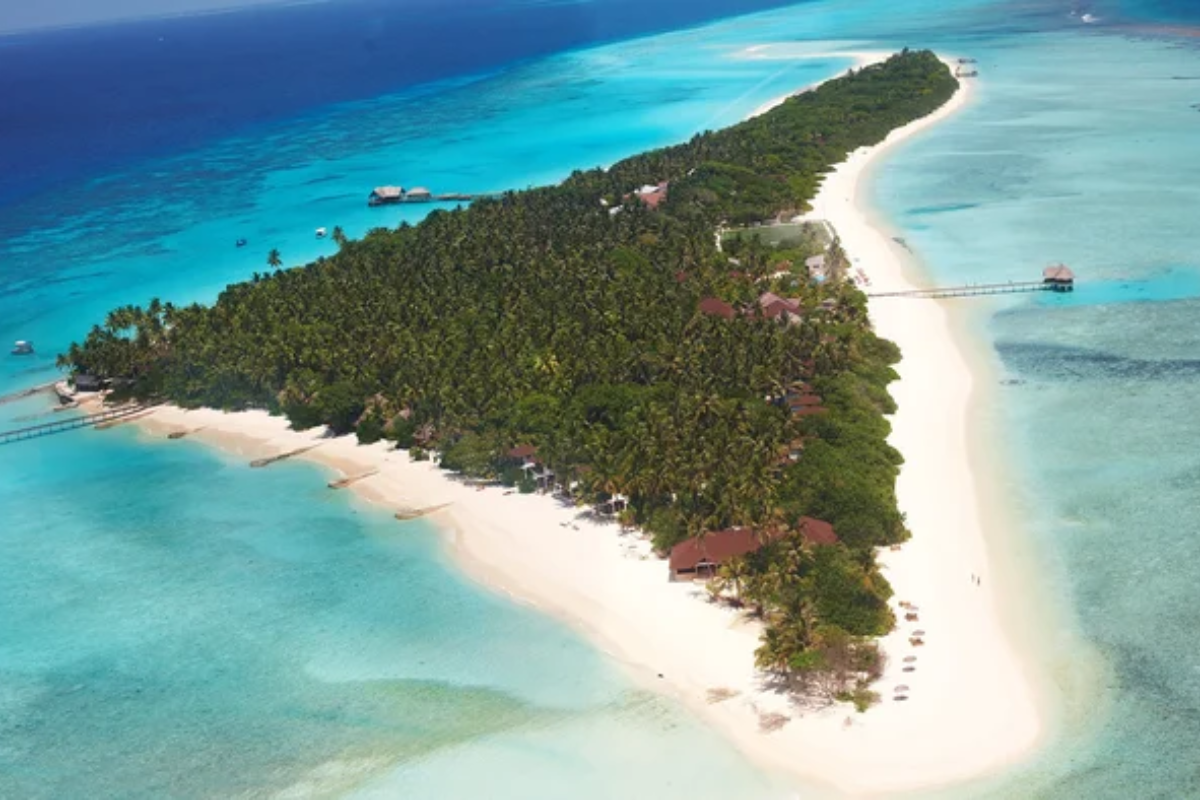
This subantarctic volcanic island is located in the Southern Ocean between Antarctica and Australia. It features active volcanoes and massive glaciers.
The Australian government only restricts access to scientific expeditions, requiring expensive permits and stringent environmental protocols. The extreme isolation and harsh weather conditions create natural barriers, yet a few adventure tourists attempt landings each year despite the restrictions.
Like Travel Pug’s content? Follow us on MSN.
Svalbard Global Seed Vault Islands, Norway
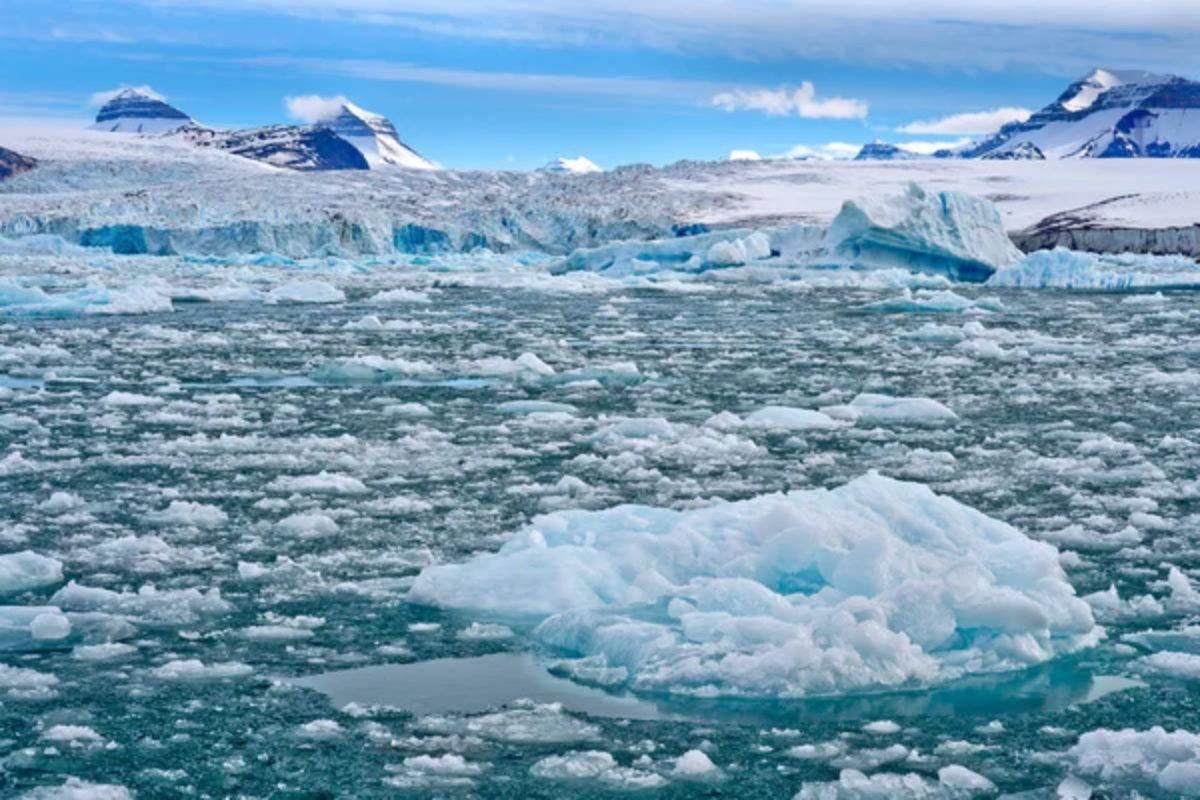
Certain islands within the Svalbard archipelago, which houses the famous ‘Doomsday’ seed vault, are off-limits to unauthorized visitors. The Norwegian government maintains tight security around these facilities, safeguarding the world’s agricultural biodiversity.
Military personnel patrol the restricted zones, though the extreme Arctic location significantly deter most would-be trespassers.
Chañaral Island, Chile
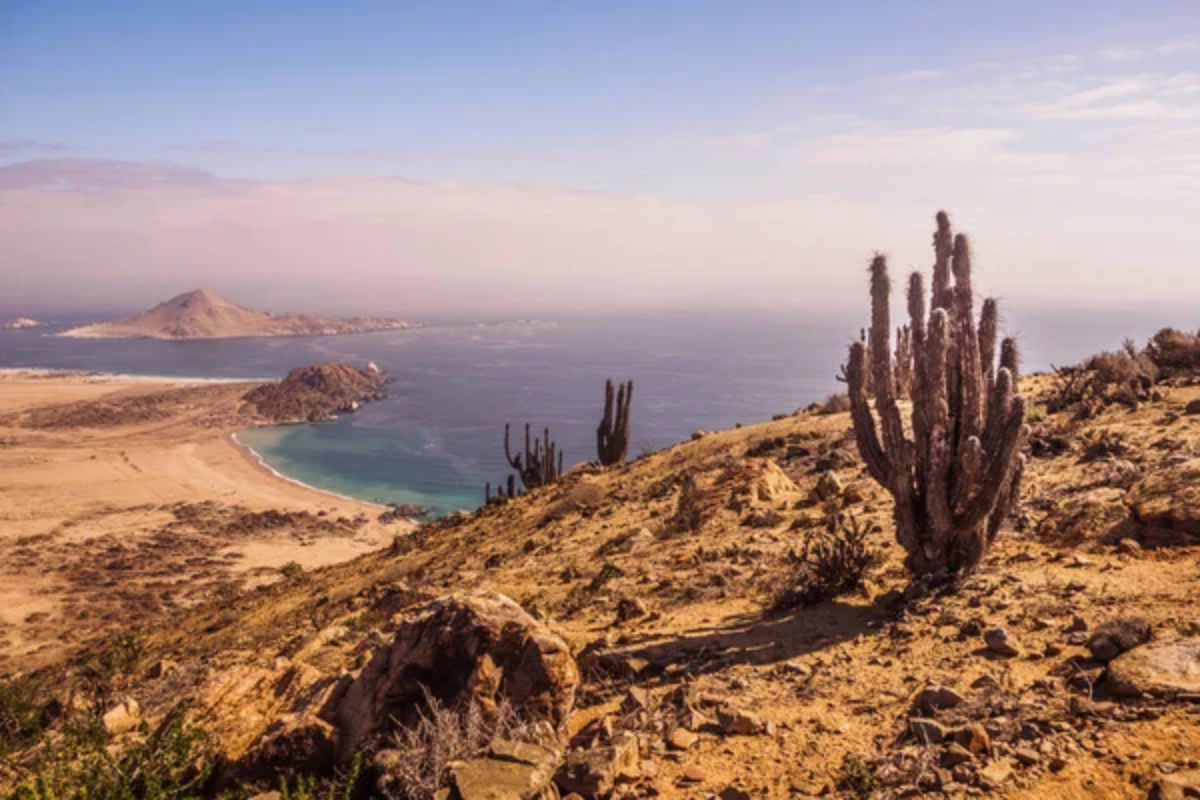
This island is part of the Humboldt Penguin National Reserve and houses critical breeding colonies of Humboldt penguins and sea lions. Chilean authorities implemented a complete tourism ban after studies showed that human presence disrupted breeding patterns and introduced harmful pathogens.
Tour boats occasionally approach too closely despite ranger patrols, prompting increased enforcement measures recently.
Rockall, United Kingdom
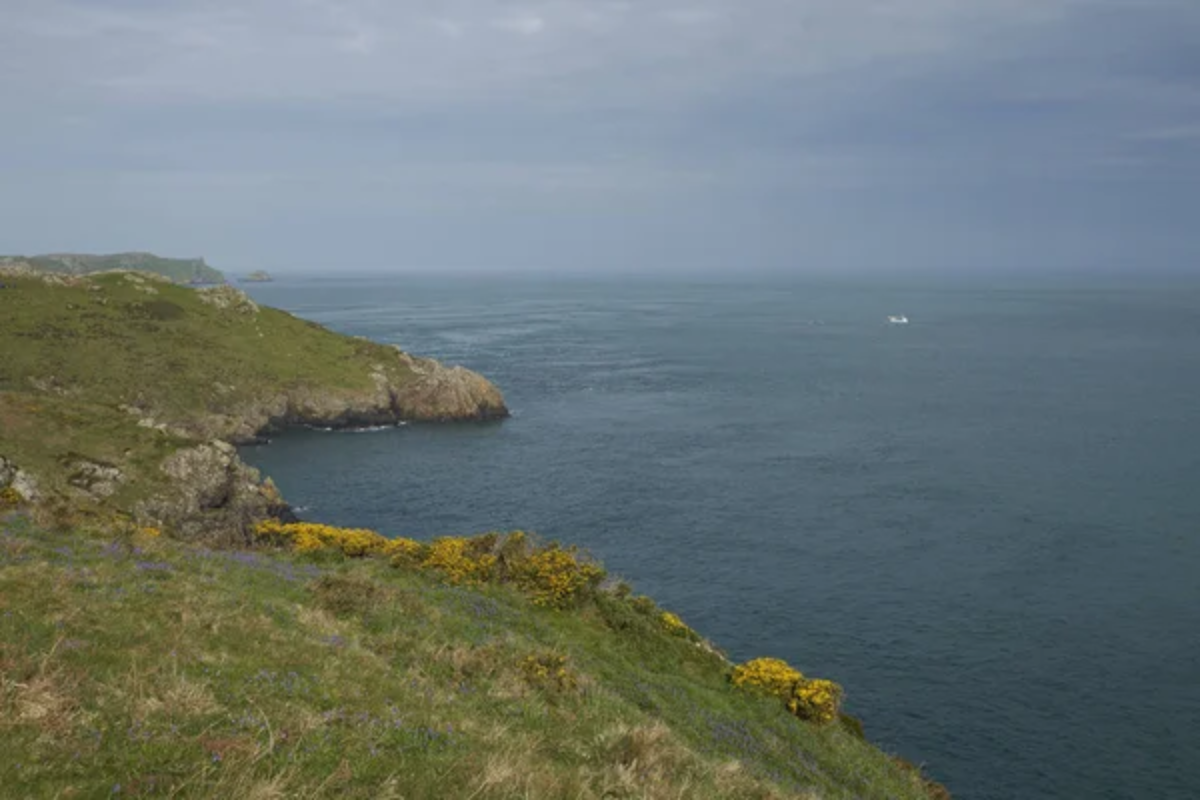
The UK claims this tiny, uninhabited granite islet in the North Atlantic, but Ireland, Iceland, and Denmark also contest it. Access is nearly impossible due to the constant pounding of massive waves against the steep rock face.
The UK military occasionally visits to reaffirm British sovereignty, though a few daredevil climbers have made unauthorized landings despite the extreme dangers and diplomatic complications.
Like Travel Pug’s content? Follow us on MSN.
Antipodes Islands, New Zealand
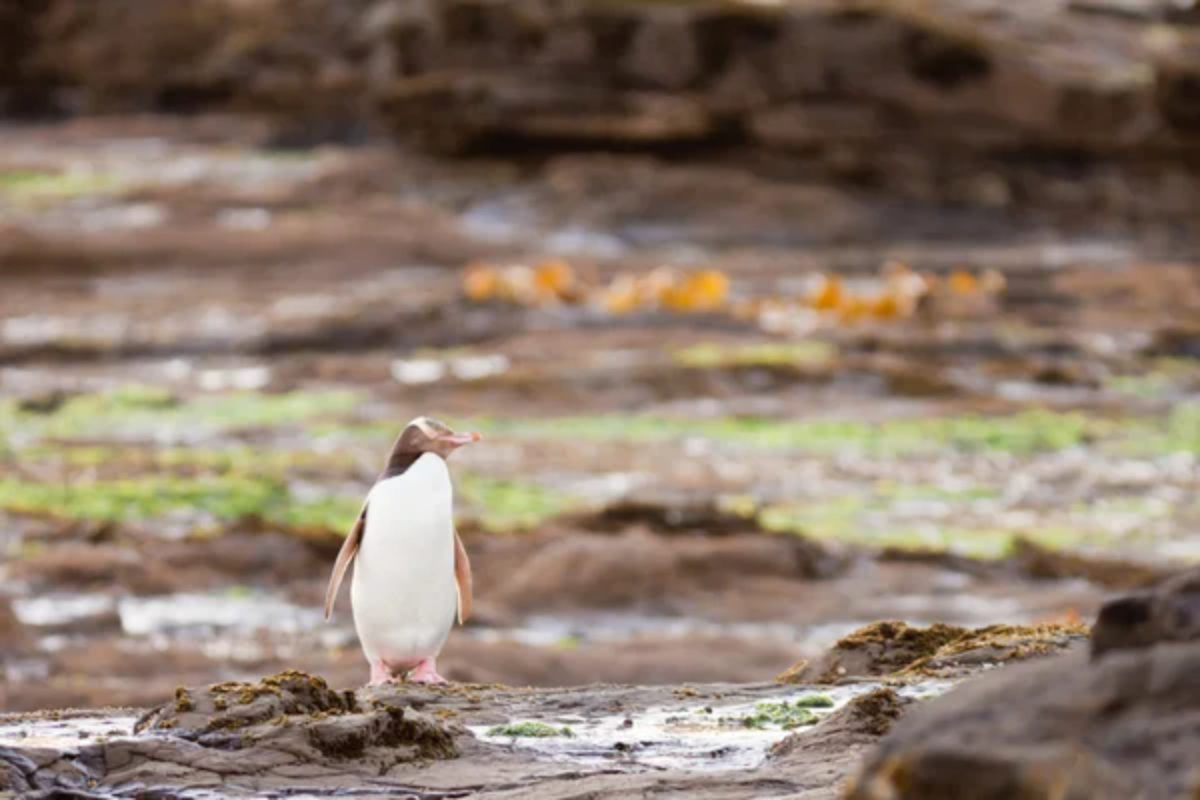
These remote subantarctic islands sit 530 miles southeast of New Zealand and host unique plant and animal species found nowhere else. The New Zealand Department of Conservation requires special permits for visits, which are rarely granted except for scientific research.
The islands’ isolation and notoriously rough seas create natural barriers, though ambitious wildlife photographers occasionally attempt unauthorized expeditions.
Little Ross Island, Scotland, UK

This small island off Scotland’s southwest coast gained notoriety after a lighthouse keeper murdered his colleague there in 1960. The island remains privately owned, and no public access is permitted, though the lighthouse is automated.
Scottish coastal authorities report several unauthorized landings annually, particularly from true crime enthusiasts fascinated by the island’s dark history.
Pingelap Atoll (Restricted Sections), Micronesia
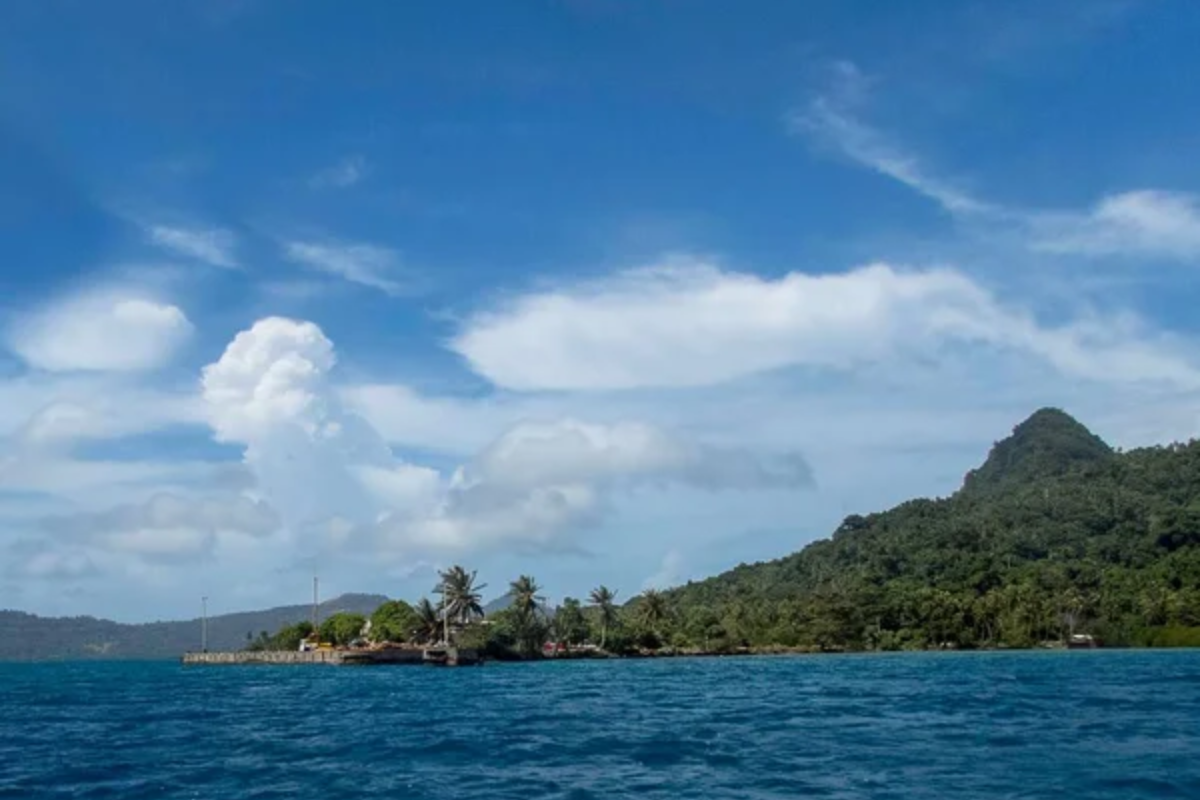
According to local tribal customs, certain sacred areas of this Pacific atoll are strictly off-limits to outsiders. The Federated States of Micronesia government respects and enforces these traditional restrictions.
Anthropologists speculate that the genetic condition of complete color blindness affecting many residents (known as ‘the island of the colorblind’) may have contributed to the protective isolation of certain areas.
Like Travel Pug’s content? Follow us on MSN.
Diego Garcia, British Indian Ocean Territory
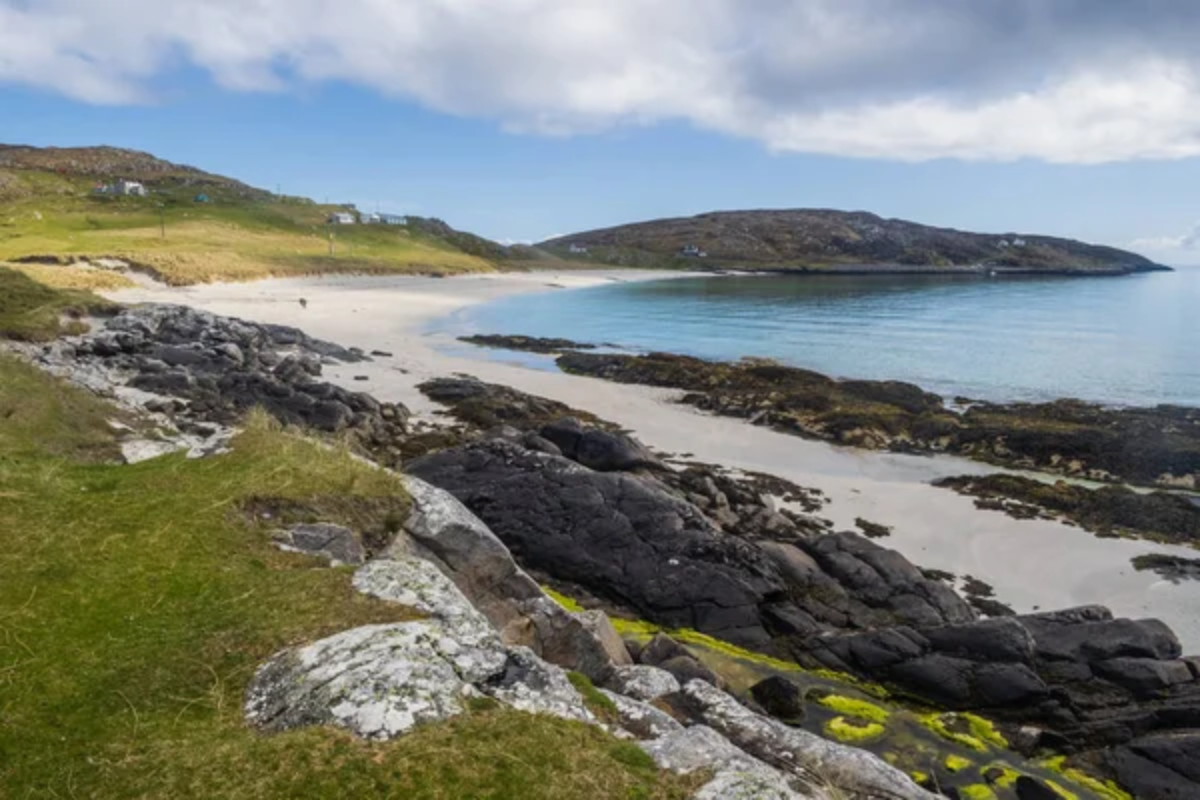
This strategic island is home to a joint UK-US military base and has been de-populated of its indigenous people since the 1960s. Governments keep it strictly no-visitors with military ships actively manning the seas.
The restricted nature has been controversial and legally contested by displaced Chagossians wanting to return home.
Navassa Island, Contested (US/Haiti)
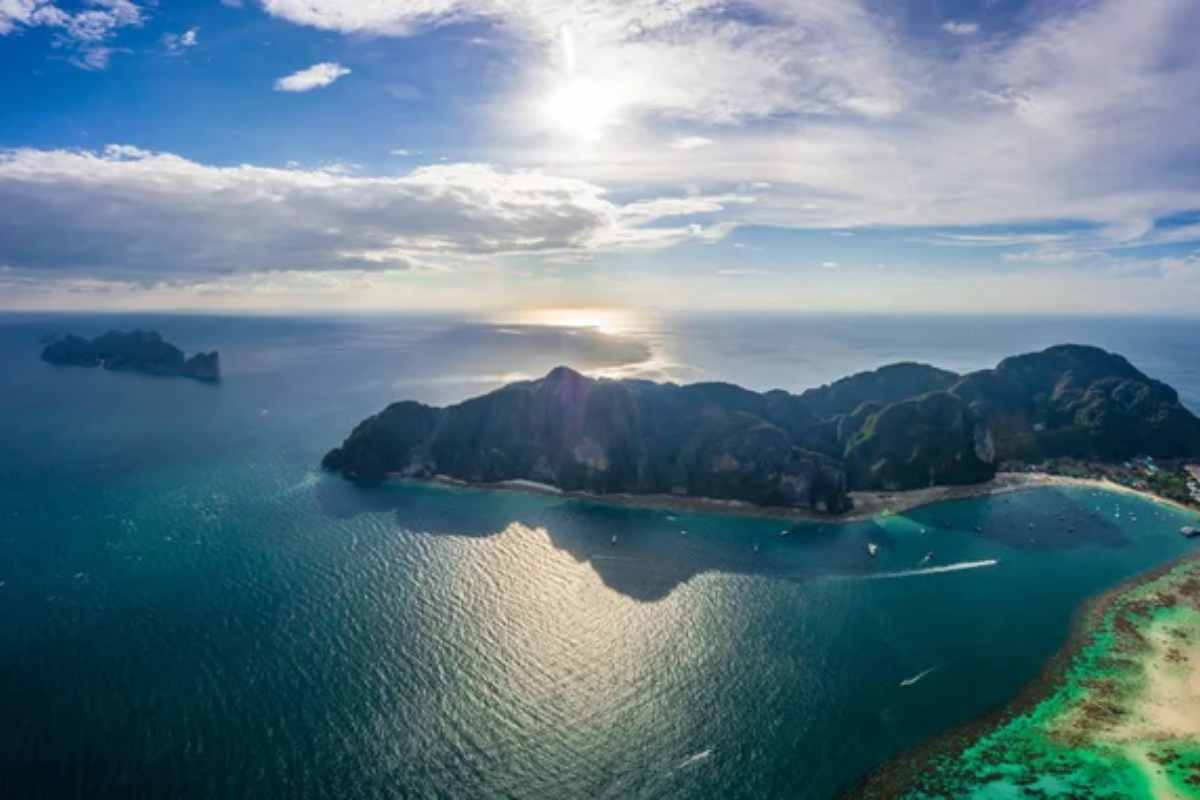
This uninhabited island between Jamaica and Haiti is disputed by Haiti and the United States, which holds it as a National Wildlife Refuge. The US Fish and Wildlife Service discourages visitors except those with special permits, which are infrequently issued.
The disputed nature of the island and the presence of hazardous cliff faces have not discouraged Haitian fishermen from camping there periodically despite the ban.
Komodo Island (Restricted Areas), Indonesia
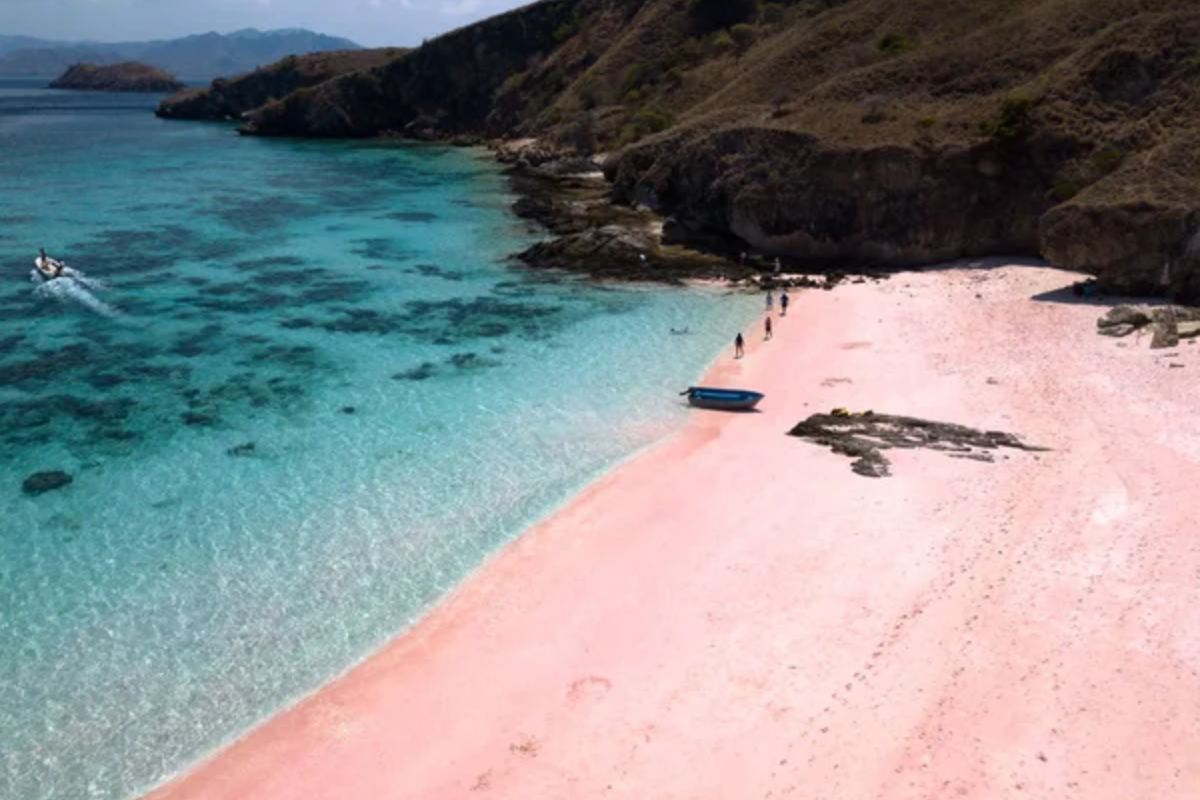
Though some areas of Komodo National Park are still accessible, Indonesian officials have shut off major sections to shield threatened dragons from poaching and habitat encroachment. Rangers actively patrol between open and closed areas.
Tour operators have been arrested for taking tourists into closed sectors to be near giant lizards without authorization, and they have been heavily fined and had their licenses withdrawn.
Like Travel Pug’s content? Follow us on MSN.
Wuzhizhou Island (Military Sections), China
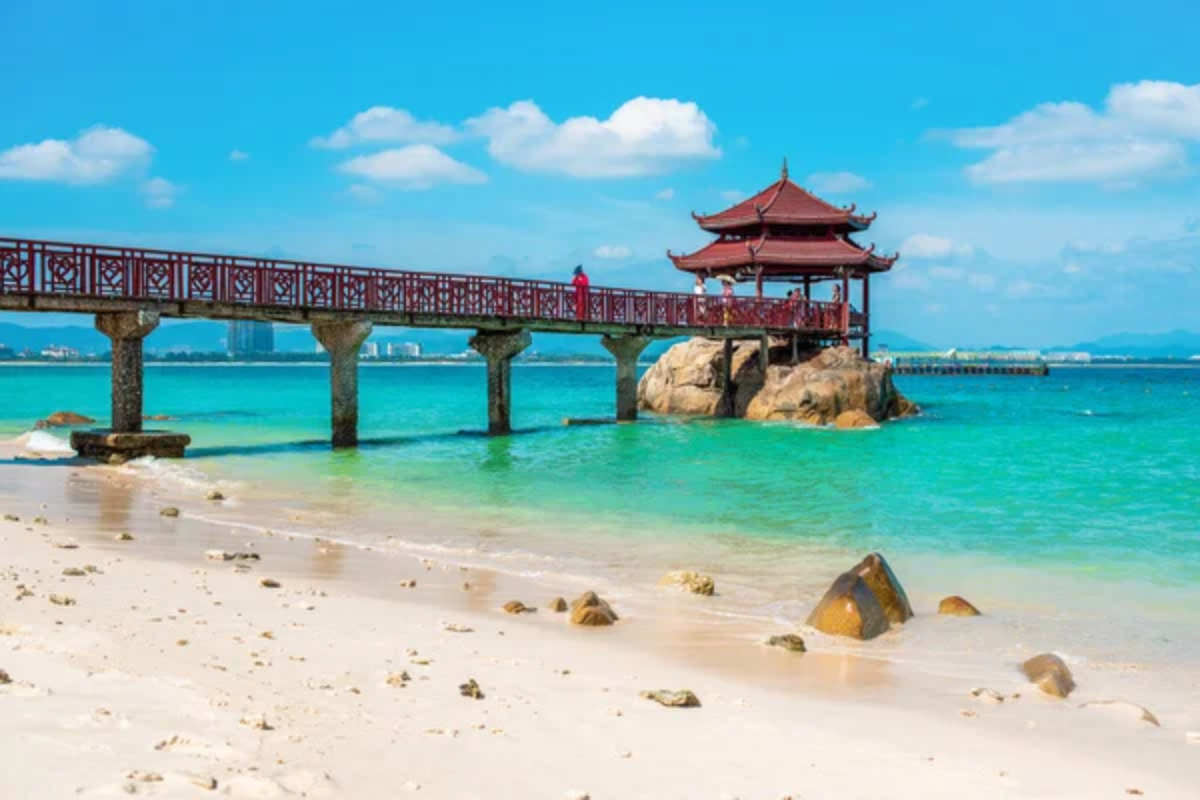
This island in the South China Sea contains restricted military installations alongside its tourist areas. Chinese authorities maintain strict boundaries between the public beaches and the no-go zones used for naval operations.
Tourists have been detained and fined for straying into prohibited areas, even when claiming they got lost while hiking around the island.
Oak Island, Nova Scotia, Canada
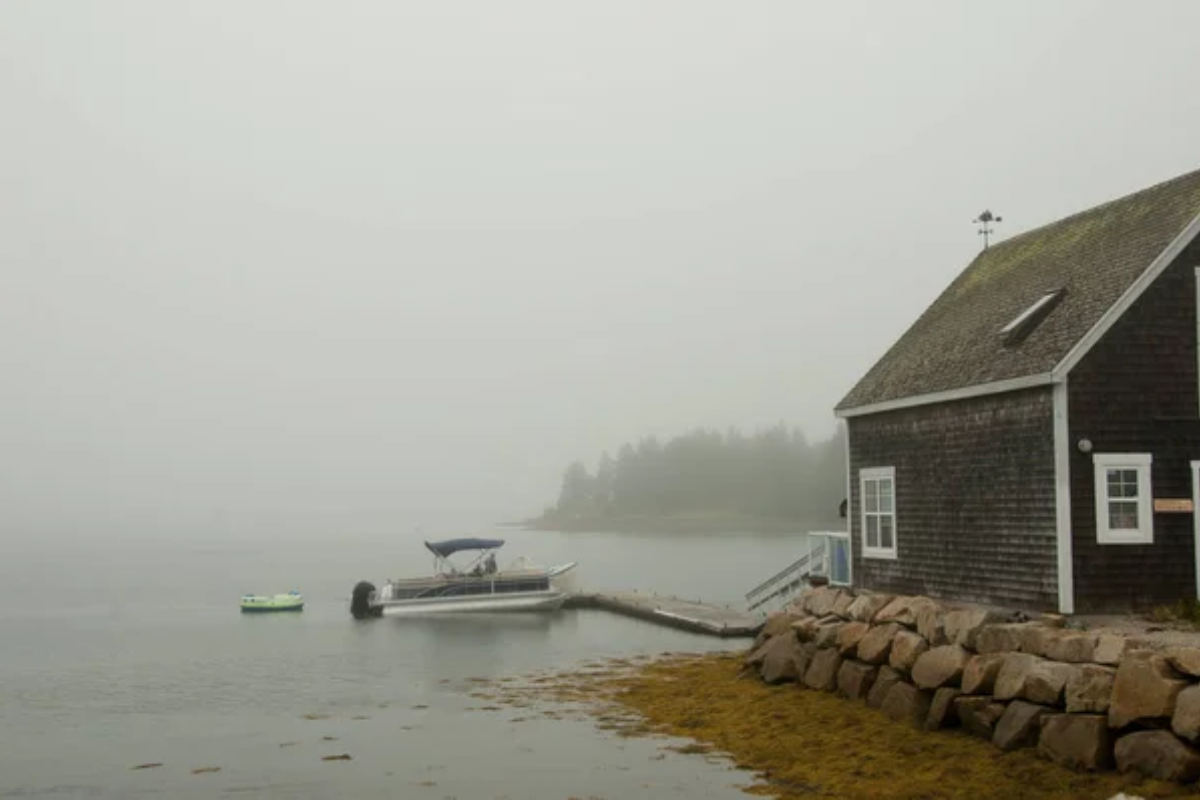
While limited tours are permitted to certain areas, much of this infamous treasure-hunting site remains private property with restricted access. The Canadian owners have secured the island against unauthorized treasure seekers following centuries of speculation about buried pirate gold or historical artifacts.
Despite security measures, determined mystery hunters still attempt nighttime landings drawn by the History Channel’s popular show about the island.
Rinca Island Sanctuary Zones, Indonesia
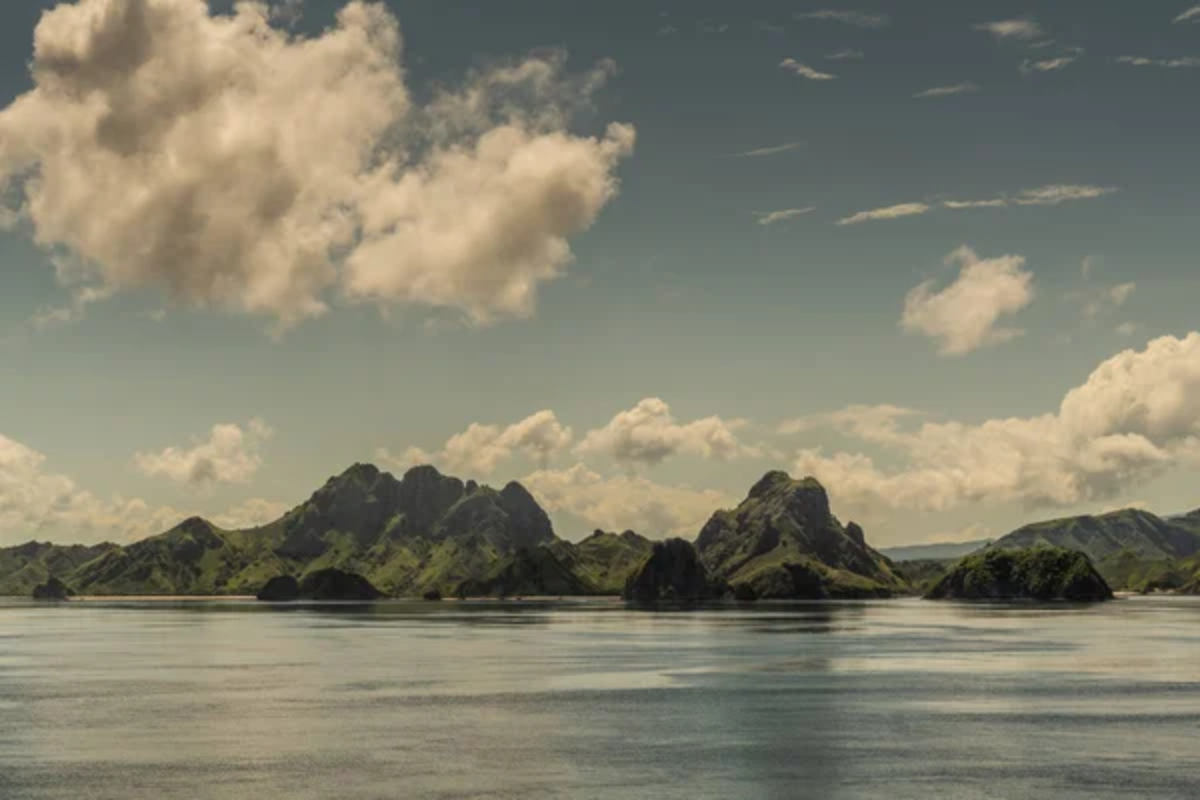
This lesser-known neighbor to Komodo features protected sanctuary zones where human entry is prohibited to preserve pristine habitats. Indonesian conservation authorities have designated these areas as critical breeding grounds for Komodo dragons free from human interference.
Tour boats have been confiscated after captains brought visitors into these restricted zones for “exclusive” wildlife viewing opportunities.
Like Travel Pug’s content? Follow us on MSN.
Islands Through Time
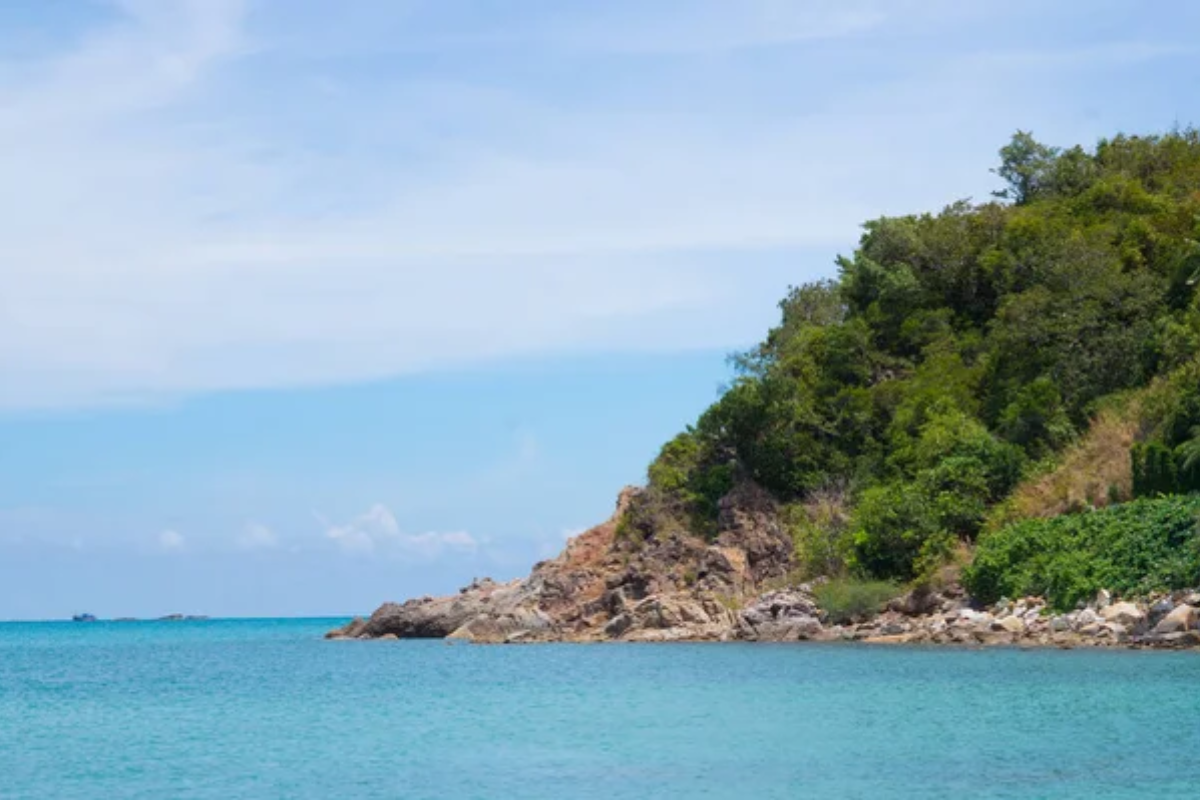
These off-limits sites remind us that in a time of satellite photography and mass tourism, some parts of our world are intentionally kept from the public eye. The enduring fascination with these off-limits islands is evidence of something deep within human nature—the attraction of the forbidden and the excitement of seeing what few others have witnessed.
With escalating climate change and development pressures, these protected islands could become increasingly important as unspoiled benchmarks for scientists and as cultural preserves for Indigenous communities.
More from Travel Pug

- 20 Destinations That Were Once Thriving but Are Now Quietly Disappearing
- 13 Destinations Where Tourists Regularly Regret Their Trip
- 20 Once-Popular Beach Towns That Are Now Ghostly Empty
- 10 Under-the-Radar Mountain Towns That Are Both Affordable and Beautiful
- Take a ‘Learning Vacation’ in These 20 Extraordinary Places
Like Travel Pug’s content? Follow us on MSN.
